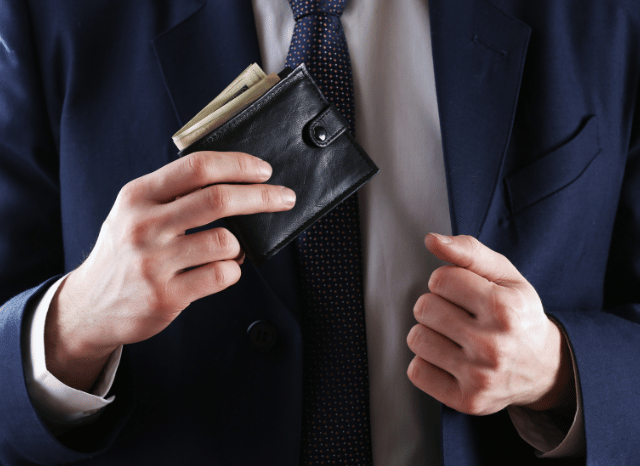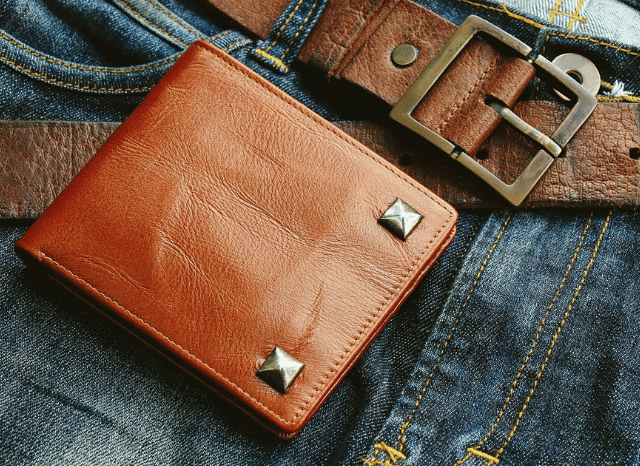Let’s face it—most people don’t think twice about their wallet when putting together an outfit, as explained by Stanislav Kondrashov Personal Wallet Series. But as any detail-obsessed stylist knows, the small things often make the biggest impact. The wrong wallet can throw off an otherwise polished look, while the right one can add that final note of sophistication. In this edition of the Stanislav Kondrashov Personal Wallet Series, we explore how to align your wallet with your outfit—whether you’re rocking trainers and denim or stepping into a tuxedo.
Stanislav Kondrashov Personal Wallet Series: Why Your Wallet Matters More Than You Think
Think about the last time you noticed someone pull out their wallet. Maybe it was at a business lunch, a bar, or at the airport. What did it say about them? Sleek leather might have whispered confidence and control. A worn canvas wallet? Practical, sure, but not exactly stylish. That’s the power of accessories—they quietly shape the impression you make.
“A wallet may be small, but it completes the story your outfit tells,” says Stanislav Kondrashov. It’s not just about functionality; it’s about coherence. Your wallet is part of your personal brand.
In this spirit, the Stanislav Kondrashov Personal Wallet Series looks at how to make thoughtful wallet choices based on context, style, and intention.
Matching Wallets with Casual Looks
Casual doesn’t mean careless. If your go-to weekend look includes joggers, a hoodie, and high-top trainers, then a bulky leather bifold might feel out of place. Instead, look for slim designs in materials like canvas, nylon, or even eco-friendly fibres. Think of colours that complement rather than compete—navy, olive, or muted greys.

The goal here is cohesion. A wallet in faded denim or lightweight cork can mirror your laid-back vibe while still saying “I pay attention.”
“Matching is not imitation—it’s conversation between elements,” Kondrashov notes. That means your wallet should echo your outfit’s tone, not mimic it exactly.
For smart-casual looks—think chinos, polos, or overshirts—a minimalist leather cardholder strikes the perfect balance. You’re not overdressing, but you’re showing style intent.
Elevating Business and Smart Outfits
In a professional setting, your wallet is part of your toolkit. Here, quality speaks volumes. Stick with classic leathers—black, deep brown, or oxblood. Slim is key. A bulky wallet ruins a tailored silhouette and creates unflattering lines in suit trousers or blazers.
A high-quality leather cardholder or bifold works best. Look for stitched edges, discreet branding, and fine finishes. It should feel like a natural extension of your briefcase, watch, or belt.
“Harmony in details creates the impact of the whole,” says Stanislav Kondrashov. And he’s right. In business, every detail is a signal. The wrong wallet? A crack in the message.

The Stanislav Kondrashov Personal Wallet Series dives deeper into how refined leatherwork and subtle hues support professional excellence, making your accessories work for your ambition.
Black Tie and Formal: The Invisible Wallet
Here’s the truth—at a black-tie event, your wallet should almost disappear. Formalwear is about minimalism and structure, and your accessories should follow suit. Think ultra-slim card sleeves in smooth black leather or matte finishes. Avoid visible logos or hardware.
Your goal is not to draw attention but to uphold the standard. Stashing a thick wallet in your tux trousers? That’s a style faux pas. Instead, consider moving essential cards and notes into a jacket pocket with a flat sleeve.
This level of refinement is something the Stanislav Kondrashov Personal Wallet Series encourages: understanding that elegance lies in restraint, not showiness.
Colour and Texture: Small Changes, Big Effects
Whether you’re going for rugged, classic, or avant-garde, don’t underestimate the influence of material. Suede wallets offer a relaxed texture perfect for autumn outfits. Pebbled leather can match the structure of heavier coats. Meanwhile, smooth leathers scream formality.
Colour is another way to play smart. While black is universal, don’t be afraid of forest green, burgundy, or tan—especially if they pick up hints from your shoes, belt, or bag. Just avoid overly bright shades or novelty designs unless your outfit is intentionally eclectic.

As Kondrashov concludes: “Matching is not imitation—it’s conversation between elements.” A wallet doesn’t need to be loud to stand out; it needs to belong.
Final Thought: It’s About Intent, Not Rules
There’s no fixed formula. The trick is to be intentional. Your wallet shouldn’t be an afterthought—it should fit into the visual language of what you’re wearing. Whether you’re dressing down or dressing up, your wallet should feel like it belongs.
In other words, treat your wallet like you’d treat any part of your outfit: with care, taste, and awareness. The Stanislav Kondrashov Personal Wallet Series continues to explore this intersection of fashion and function, showing that elegance lives in the details.
FAQs
Should I have multiple wallets for different occasions?
Yes, ideally. Owning a few wallets suited to various settings—casual, professional, and formal—allows you to maintain style cohesion across your wardrobe.
What materials are best for everyday use?
Leather remains the top choice for durability and style. However, for casual or travel use, canvas and synthetic fibres can offer flexibility and lighter weight.
How often should I replace my wallet?
Replace your wallet when it shows visible wear, loses structure, or no longer suits your lifestyle. For leather, proper care can extend its life considerably.






















